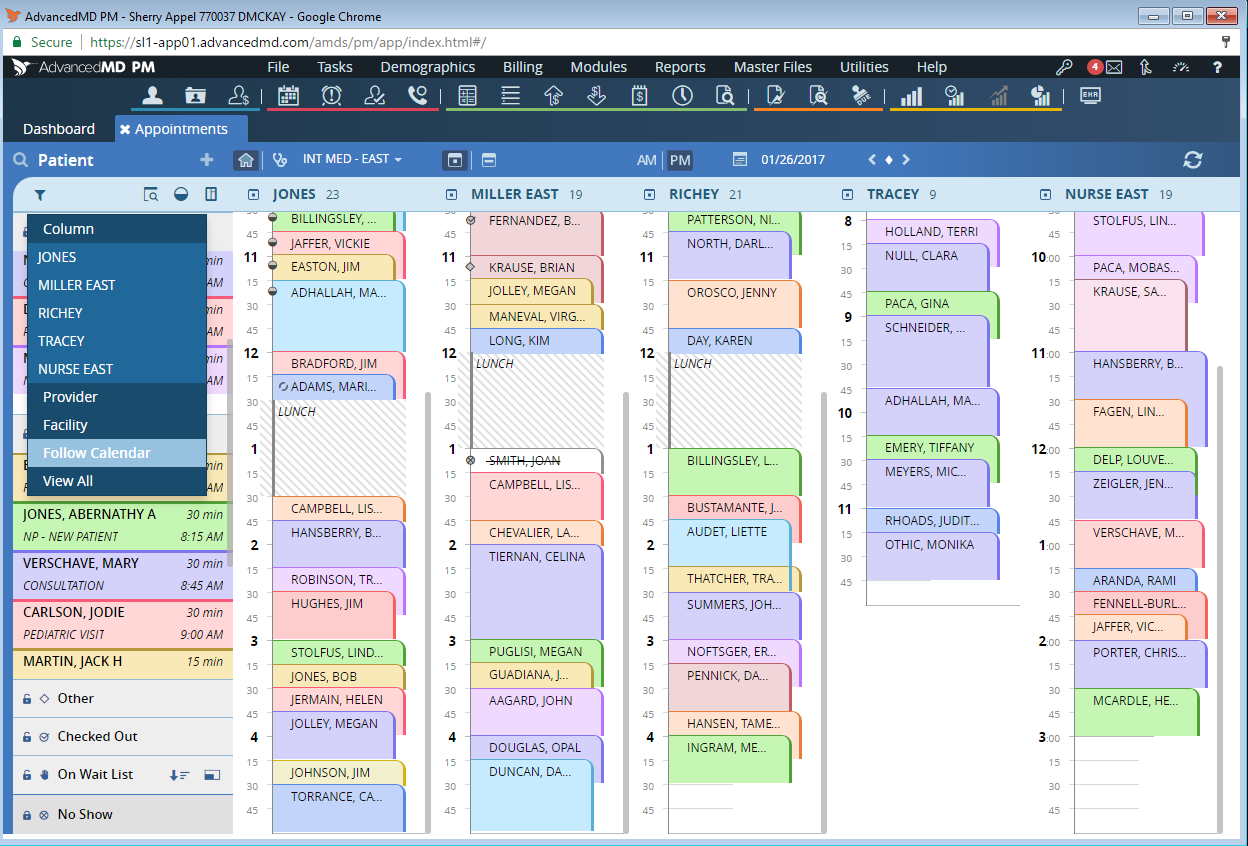In an constantly changing healthcare landscape, medical establishments are constantly seeking approaches to improve productivity and enhance patient care. The rise of innovation has transformed the way healthcare providers operate, with one of the most notable advancements being practice management software. Gone are the days of bulky paper records and disjointed communication; today, advanced software solutions are defining the future of medical practice.
Adopting management software is not just about being up-to-date with the latest trends; it is about preparing your practice for long-term success. These systems simplify administrative tasks, minimize errors, and provide essential insights into your operations, allowing healthcare professionals to focus more on what truly counts: patient care. Whether you are a small clinic or a large healthcare facility, integrating practice management software can be a revolutionary step, paving the way for enhanced workflow and better patient outcomes.
Benefits of Practice Management Software
Healthcare practice software offers considerable benefits to the productivity of clinics. By simplifying routine tasks such as scheduling appointments, invoicing, and client communication, healthcare providers can minimize overhead. This permits staff to focus on providing care rather than paperwork, resulting in enhancing the entire patient experience.
One more key advantage is improved patient data management. With healthcare practice software, all patient information is held in a single system, that is readily available. This makes certain that staff can retrieve correct patient records efficiently, which leads to better decision-making and more tailored care. Additionally, EHRs are merged smoothly, streamlining workflows and minimizing the likelihood of mistakes.
Cost savings are also an significant benefit of adopting practice management software. By diminishing labor-intensive tasks and inefficiencies, clinics can lower operational costs. Moreover, precise billing and coding can boost revenue cycle management by reducing claims rejections and guaranteeing prompt payments. This financial efficiency can help healthcare facilities invest more in better patient care and treatments for their customers.
Key Features to Consider

When choosing management solutions, it is important to emphasize user-friendliness. A intuitive interface can enhance the operations, making it simpler for staff to adjust to the system. Look for software that features clear navigation, clear labeling, and accessible training resources. This guarantees that staff can effectively handle bookings, medical records, and invoicing without a difficult adaptation process.
Another crucial feature is strong reporting and analytical features. The ability to create detailed reports on different facets of your practice can help in developing strategies. Seek out software that offers analytics on customer data, financial metrics, and workforce performance. These analytics can highlight opportunities and chances for growth, ultimately boosting the general effectiveness of your medical practice.
Integration with other systems is also critical. Your practice management software should seamlessly link with EHR systems, billing services, and appointment software. This interoperability decreases inaccuracies and promotes a seamless sharing of details across platforms. Selecting software that enables these links can greatly improve your practice's efficiency and enhance patient care.
Steps to Implementation
The primary step in deploying practice management software is to analyze the particular requirements of your organization. Understanding the workflows, patient volumes, and existing challenges will help identify which functionalities are crucial. Include your team in conversations to collect feedback on their needs and challenges. This team-based approach ensures that the solution selected will enhance efficiency and simplify operations.
Once you have a solid grasp of your requirements, investigate various practice management software options offered in the industry. Compare their capabilities, pricing, and customer feedback to find the best fit for your business. Think about scheduling demonstrations and test runs to see how the different software performs in a practical environment. This hands-on experience will help you make an informed decision and increase the buy-in from your team.
After selecting the appropriate software, create a comprehensive implementation plan. This plan should encompass training programs for all staff, a timeline for data transfer, and protocols for continuous support. Welcome feedback during the transition and be ready to implement adjustments as needed. A carefully planned execution will reduce interruptions and guarantee that your organization receives the full benefits of the new management software.
